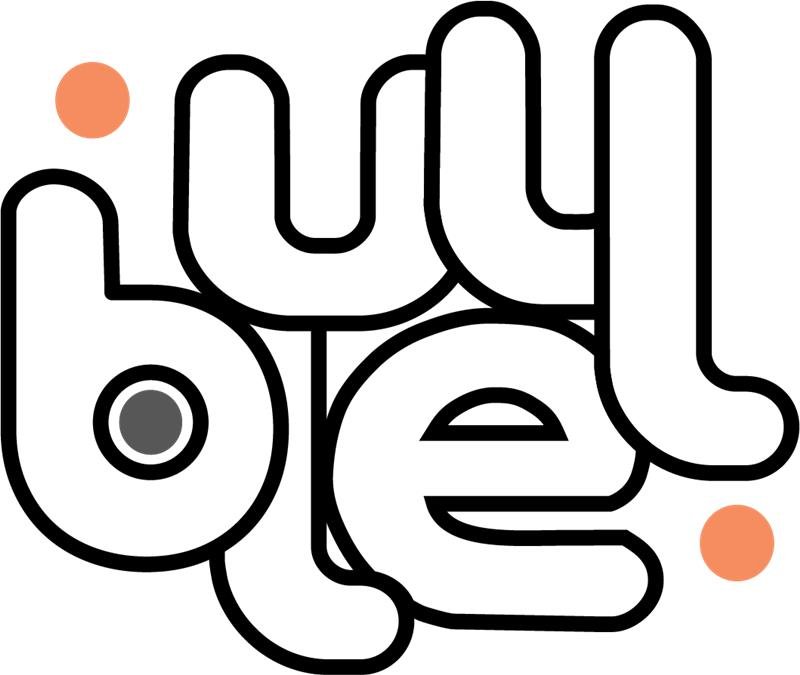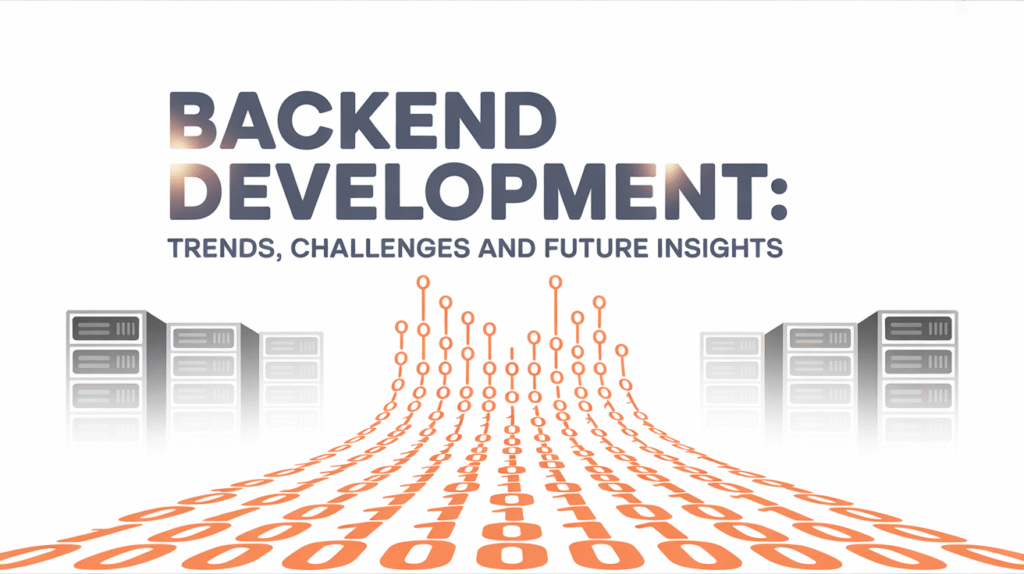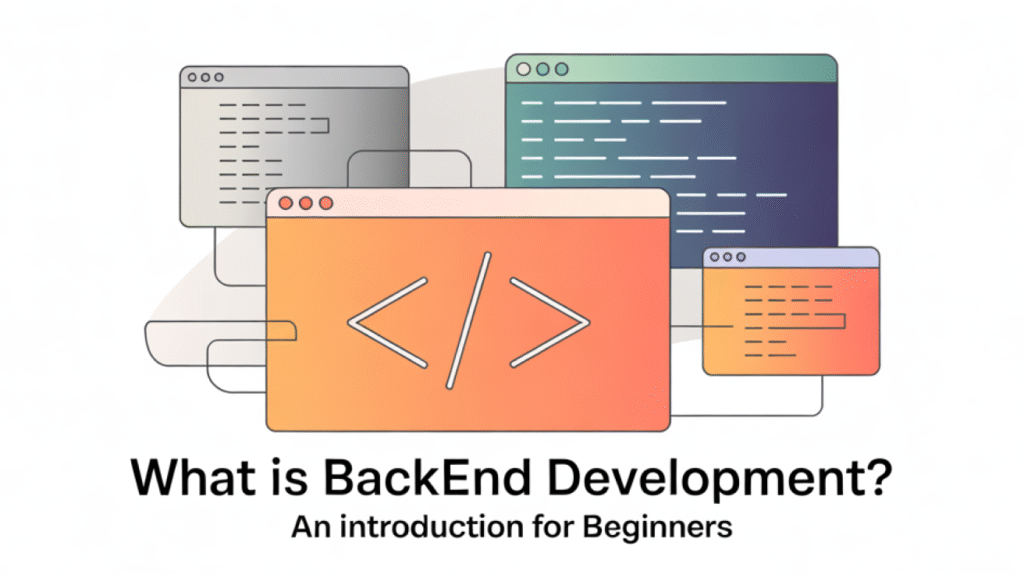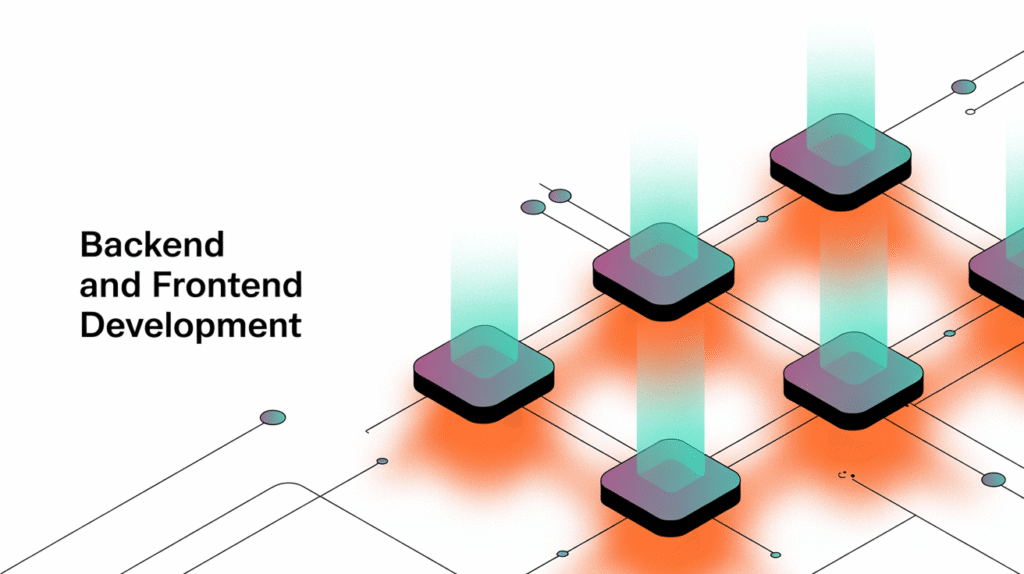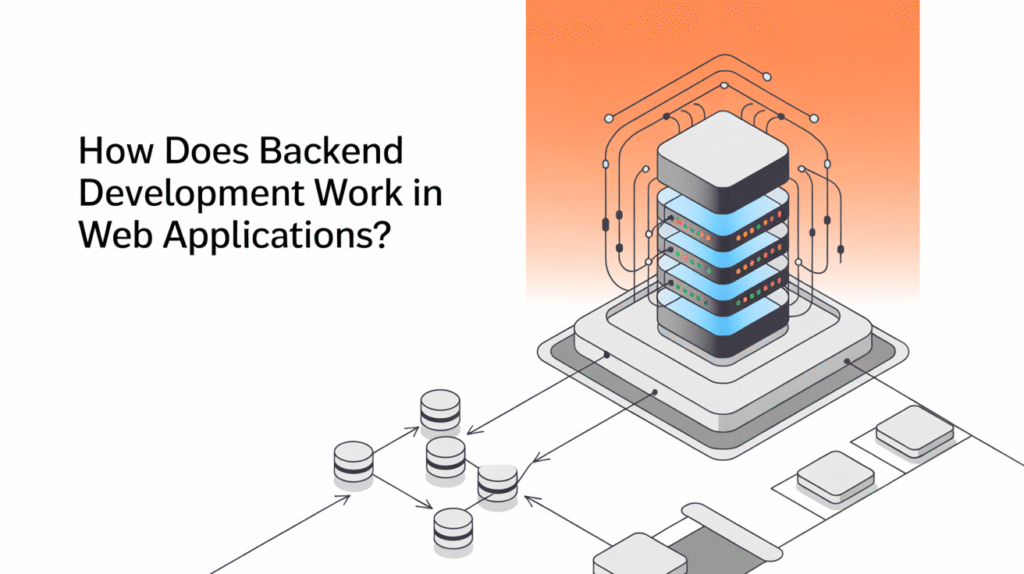Full-stack developer
Full-stack development is a dynamic and highly sought-after field that blends creativity with technical expertise to build both the front-end and back-end of websites and applications. Whether you’re creating visually stunning user interfaces or optimizing server-side functionality, a full-stack developer is at the heart of every successful digital solution. This guide will walk you through what it means to be a full-stack developer, the essential skills required, the career opportunities available, and how you can get started on your journey in this exciting and ever-evolving profession.
Meeting with your digital agency before submitting a quote can be a great advantage. An initial meeting allows the agency to gain a better understanding of the scope of the project and can provide a more accurate quote based on your needs and requirements.
What does a Fullstack developer do?
Full-stack developers are versatile professionals who build websites and applications on various platforms. Their responsibilities often include:
- Design and manage web servers and interfaces
- Drive both front-end and back-end development
- Develop innovative product features and APIs
- Test, troubleshoot, and fix software problems
- Collaborate with cross-functional teams on projects and sprints
Full-stack development is a dynamic field shaped by ever-evolving technologies. Staying ahead of the technological curve with the latest tools and techniques is what makes this role so exciting and important.
Full stack developer Skills
Full-stack developers are versatile professionals with a blend of creativity, technical expertise, and an eye for detail. To succeed in this dynamic field, you need to master a variety of key skills.
Front-end development
Front-end development involves creating seamless, user-friendly interfaces for websites. It involves coding elements like navigation menus, typography, colors, and layouts. Full-stack developers must be proficient in technologies like HTML, CSS, and JavaScript to create visually appealing and interactive experiences. If you’re transitioning from back-end to full-stack development, consider taking a professional certification in front-end development from a trusted provider to hone your skills and expand your expertise.
Back-end development
Back-end development requires mastery of programming languages like Python, PHP, Ruby on Rails, and CakePHP, along with a deep understanding of algorithms and business logic. Improve your back-end expertise and take the next step towards a career as a full-stack developer at Bluell .
Web design
Web design involves using tools like Photoshop to create visually appealing graphics and themes. Understanding basic UI (user interface) design principles is crucial for creating intuitive navigation elements, immersive backgrounds, and seamless audio and visual components.
Database management
Why choose Full-stack development as a career?
Full-stack development combines creativity with technical expertise and offers a dynamic career path. As a full-stack developer, you will work on exciting projects that challenge your problem-solving skills while pushing the boundaries of innovation.
Attractive salary and growing demand
Full-stack developers enjoy competitive salaries. According to Glassdoor , the average annual salary is $89,306, with total compensation often reaching $120,404.
The demand for full-stack developers is on the rise. A 2023 Statista survey of 18,200 global developers and recruiters found that 54.33% ranked full-stack development among the most in-demand roles. With such opportunities, it is an ideal career choice for technology enthusiasts.
How to become a full-stack developer
A career as a full-stack developer starts with building a solid technical foundation. Pursuing formal education in computer science, software engineering, or a related field can enhance your skills and open doors to exciting opportunities. Follow these steps to begin your journey.
Start with a degree
While not required, a bachelor’s degree can provide a significant advantage. According to Zippia, 72% of software developers hold a degree, often in fields like computer science or engineering. A degree will help you master the technical expertise and job skills needed to succeed as a full-stack developer.
Explore beginner positions
Full-stack development offers roles for a variety of skill levels. Browse job sites for junior or entry-level positions to identify the most important skills employers value in candidates.
Improve your coding skills
Mastering coding is essential to succeeding as a full-stack developer. Continuously improve your skills in programming languages like Python, HTML, CSS, and JavaScript through hands-on practice and professional courses.
Create an impressive portfolio
A portfolio is your opportunity to showcase your skills and experience to potential employers. Curate your best work, including projects from previous roles or coursework. Share detailed descriptions of the technologies used and explain your specific contributions, supported by visual examples such as screenshots.
Mastering technical interview questions
Technical interviews often include a technical round, where you may face coding challenges, design tasks, or hands-on tests. Expect detailed questions about your technical expertise. To succeed, practice answering questions commonly asked in full-stack developer interviews, and hone both your coding skills and problem-solving approach.

Important Full Stack Developer Terms You Should Know
Full-stack development involves many unique terms. Here are some of the most common:
- AngularJS: A popular open-source framework maintained by Google and used for building dynamic web apps.
- APIs: A protocol that allows different software applications to communicate and exchange data.
- Bootstrap: A framework that includes a collection of front-end tools for building responsive websites and web apps.
- Bottle: A lightweight web framework for Python, ideal for building microservices.
- Framework: A basic structure that simplifies software development by providing reusable tools and libraries.
- MEAN Stack: A full-stack JavaScript framework (MongoDB, Express, Angular, Node.js) used to build scalable web apps.
- Open Source Software (OSS): Software that allows users to freely modify and share the source code.
- PHP: A widely used server-side scripting language for web development, often used to create dynamic web pages.
- Python: A versatile, high-level programming language known for its simplicity and readability.
- Stack: A collection of technologies and tools that developers use to build applications and ensure smooth operation.
Do you want to become a full-stack developer?
Elevate your development skills and open up new career opportunities with full-stack development programs. Choose from a variety of tailored courses designed for both beginners and professionals looking to advance in the field.
Start with the Microsoft Full Stack Developer Certificate, a comprehensive program that takes you through 12 carefully crafted courses. From mastering front-end development with advanced frameworks like Blazor to learning back-end technologies with .NET, you’ll gain the practical skills needed to build dynamic, secure, and scalable applications. You’ll also learn how to manage databases, implement robust security measures, and deploy applications in the cloud.
Alternatively, you can explore the IBM Full Stack Developer Certificate . This 15-course program gives you hands-on experience developing cloud-based applications, from front-end to back-end to deployment. As you build real-world projects, you’ll have the opportunity to showcase your work on GitHub, creating a portfolio to share with potential employers, positioning you for success in the competitive tech industry.
Get started today
Ready to kickstart your career as a full-stack developer?
Explore 598 exciting full-stack developer job openings that offer great opportunities for growth and advancement. Apply now and take the next step in your tech career!
Do you want to hire a full-stack developer?
Looking for a full-stack developer? Gain expertise in custom FullStack development that specializes in creating seamless, end-to-end solutions that drive growth and efficiency.
Frequently asked questions
What does the job market look like for full-stack developers in Sweden?
There are currently a lot of full-stack job openings, especially in Stockholm, Gothenburg and Malmö. Companies in online retail, fintech and logistics often post many positions every month. This means good job opportunities and solid salaries for developers who can handle both front-end and back-end work.
What future trends will impact full-stack developers (e.g. AI, microservices, DevOps)?
Tools like AI and machine learning help write code and run tests automatically. Dividing apps into smaller pieces with microservices makes them easier to scale as demand increases. Using containers (Docker, Kubernetes) and DevOps methodologies accelerates the speed at which you can release new versions. By keeping up with these changes, you can create modern and efficient applications.
What is the difference between front-end, back-end and full-stack development?
Front-end development is everything that users see and click on in their browser (built with HTML, CSS, JavaScript, or frameworks like React and Vue). Back-end development is the server-side, the code that runs on servers, talks to databases, and drives the logic of the app (using Node.js, .NET, or Python). A full-stack developer can do both and can build the entire application from the user’s screen all the way to the database.
What skills and personal qualities does a full-stack developer need?
You must know HTML, CSS, JavaScript for the frontend, and at least one server-side language (Node.js, C#, or Python) plus databases (SQL or NoSQL). In addition, it is important to be good at solving problems, communicating clearly with teammates, working well in a team, and always being ready to learn new tools and techniques.
How do I hire a full-stack developer from Bluell?
Simply fill out our contact form or send us an email for a free consultation. We’ll talk about your needs, suggest candidate profiles, and send you a quote. Once you approve, we’ll sign a simple agreement, and your developer is usually ready to start within 24 hours of the initial call.
What engagement models does Bluell offer (hourly rate vs. fixed rate)?
Bluell offers both hourly and flat rate options. If you need short-term help or smaller tasks, you can hire our developers on an hourly basis. If you have a clear deliverable, like building an MVP, we can agree on a flat rate so you know the total cost up front. We’ll help you choose the best model for your project and budget.
How long does it take to start a full-stack project with Bluell?
After our initial discovery call, we typically need 24 hours to find the right developer, finalize contracts, and get them set up.
What technologies and frameworks do Bluell's full-stack developers specialize in?
Our developers build frontends with React, Angular or Vue and backends with Node.js, .NET (C#), Python or Java. They also work with cloud platforms like AWS, Azure and Google Cloud, use containers (Docker, Kubernetes) and are familiar with databases like PostgreSQL, MongoDB and SQL Server.
How much does a full-stack developer earn?
In Sweden, a junior full-stack developer typically starts at around SEK 25,000–30,000 per month, while more experienced developers often earn SEK 45,000–60,000 or more per month. Location, specific skills (such as React or .NET), and company size can make the salary higher or lower.
What is a full-stack developer from Microsoft?
A Microsoft full-stack developer uses Microsoft tools to build both the front-end of an app (using Blazor, React, HTML/CSS/JavaScript) and the server-side (using C#, ASP.NET, and SQL Server). They also deploy and manage applications using Microsoft Azure.
